


This post is from a handsome young graduate from Beijing in 2017 – Xiao Xiao Su.
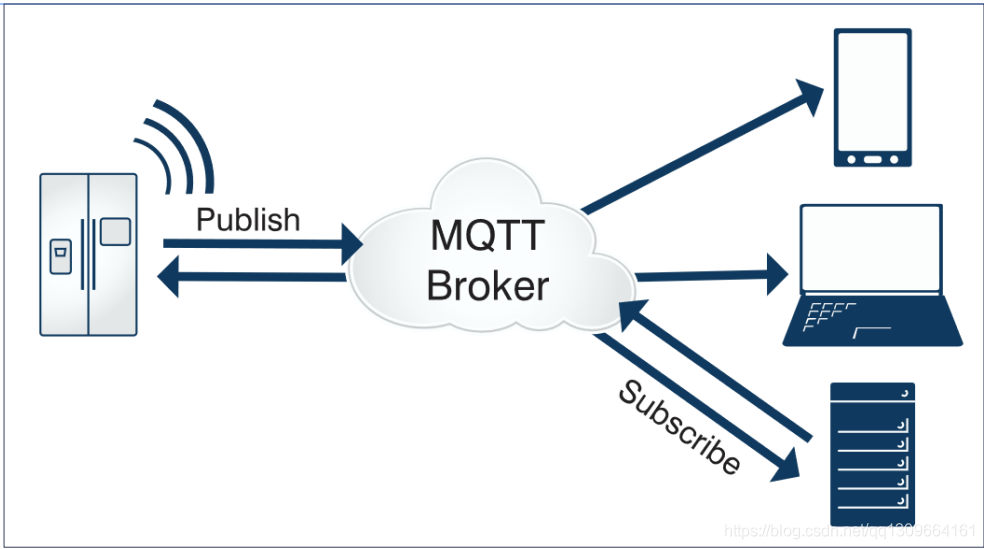
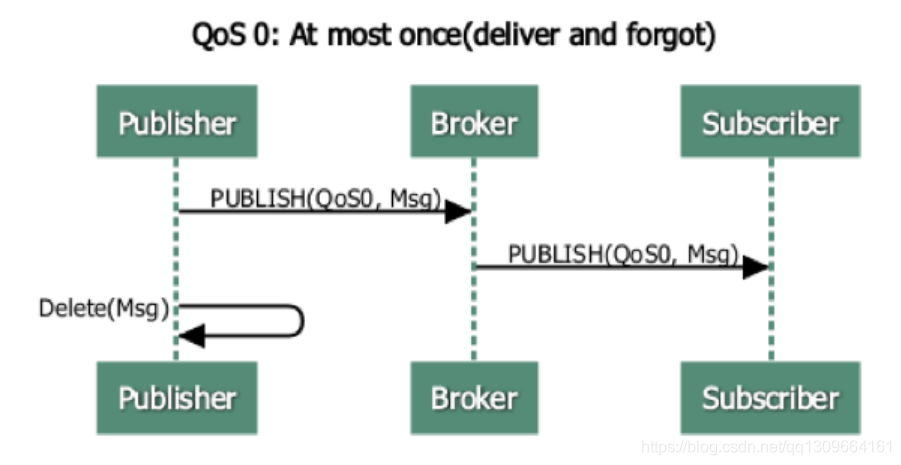
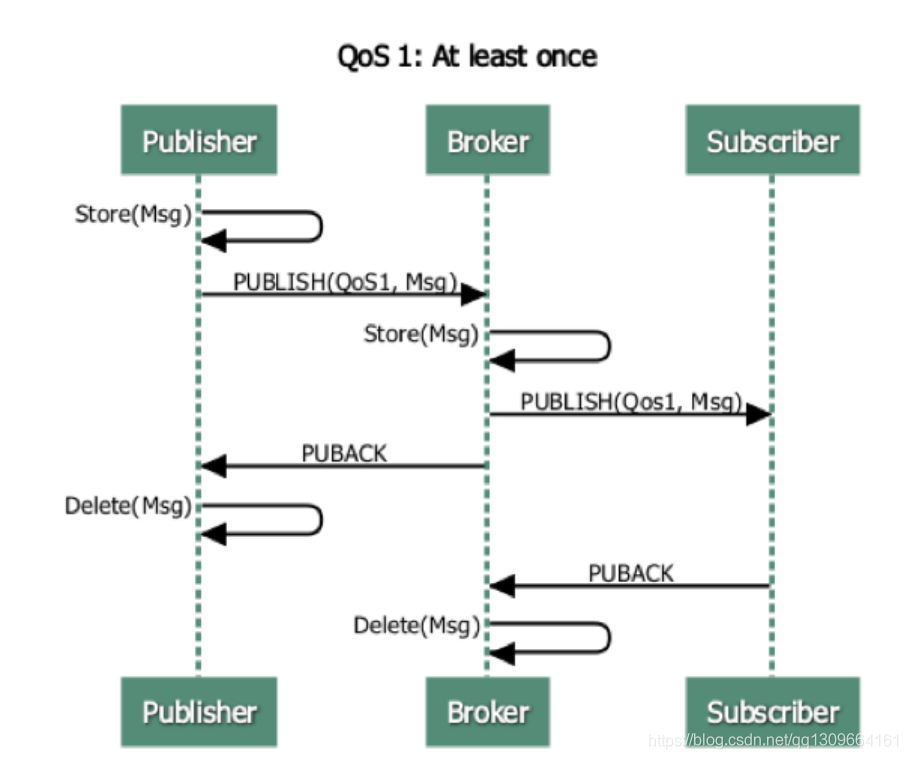

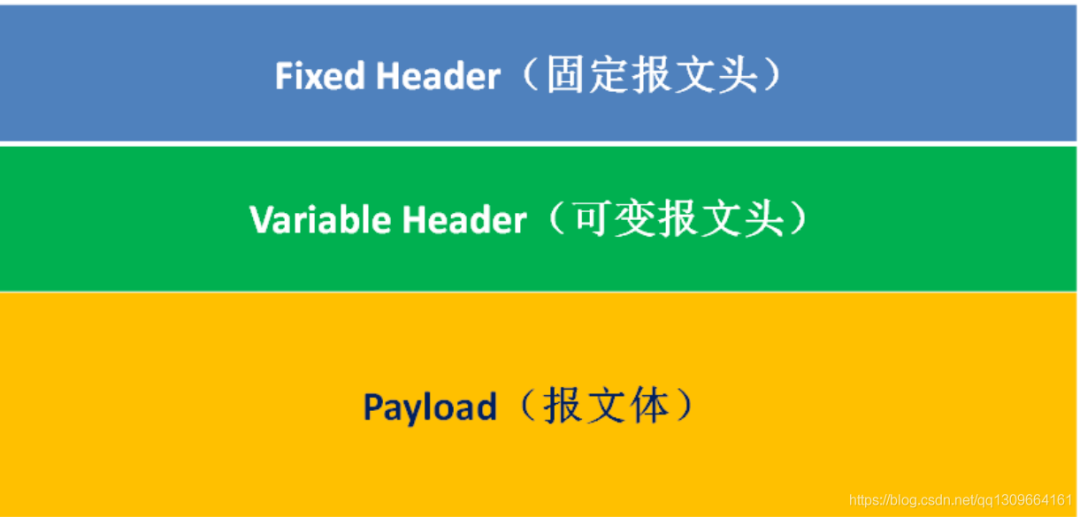

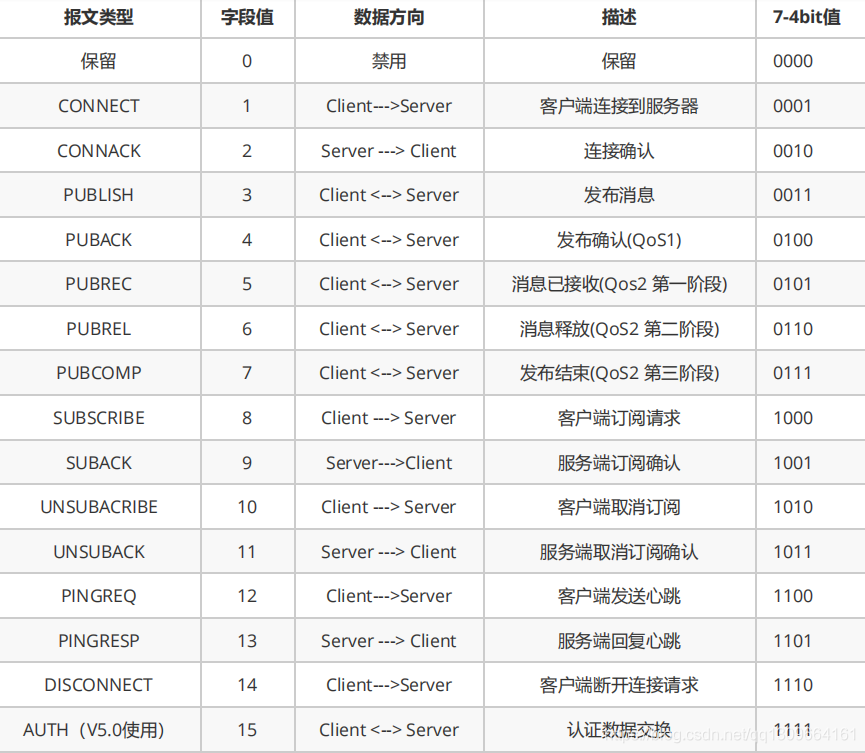

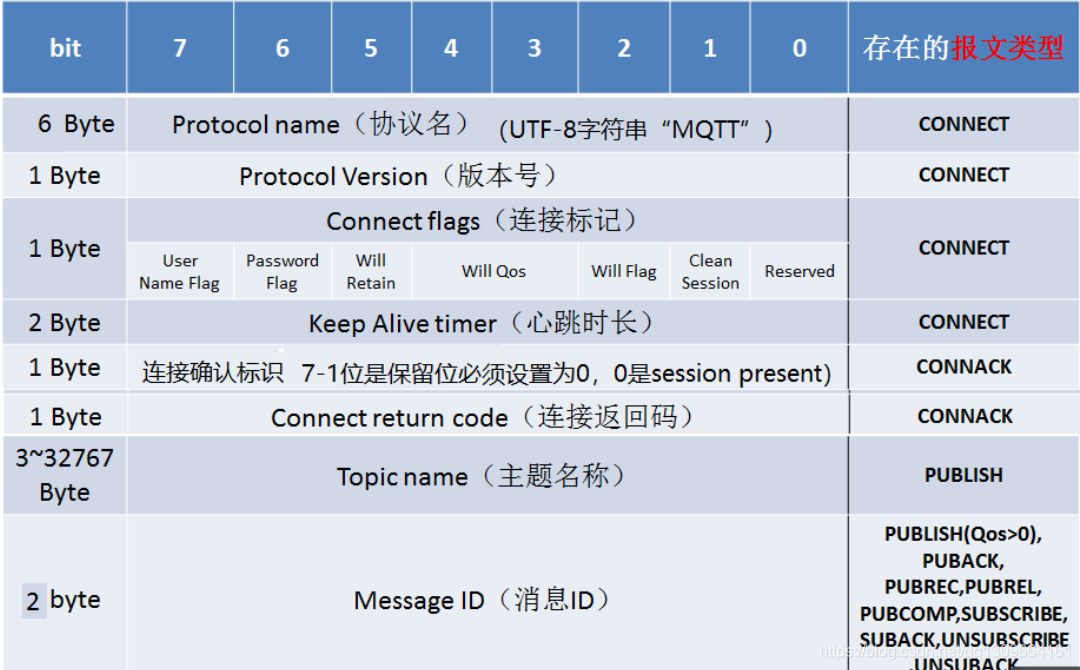

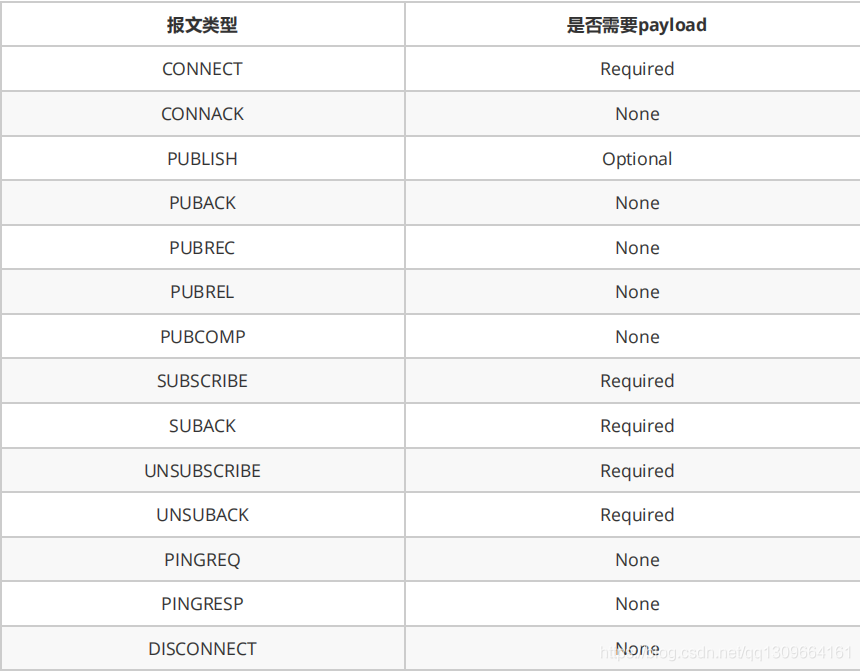
To all the beauties of the harem!
Xiao Hei is calling all old students of Chuan Zhi to submit articles!!
To help everyone understand their strengths and weaknesses, plan reasonably, and respond effectively,
To remain undefeated in career battles!
For details, see below 
1. Submission Types
Learning Sharing (learning methods, insights…)
Technical Articles (Java, Frontend, Python, Big Data, Artificial Intelligence…)
Interview Sharing (interview questions, stories, experiences…)
Workplace Insights (onboarding strategies, workplace anecdotes, gossip…)
No restrictions on style or theme; as long as you want to write, Xiao Hei will help you promote it!
2. Submission Requirements
1. Must be original and first published, plagiarism is rejected; a personal introduction of up to 30 words can be included at the end.
2. Around a thousand words; submissions can include images, but copyright issues must not be involved.
3. Submission Incentives
1. All authors who seriously submit will receive a small gift, regardless of whether their work is selected. If the submission is selected, an upgraded gift will be provided. Unselected articles will receive feedback for improvement, increasing the chance of publication.
2. Each qualified submission (regardless of whether published) can accumulate 1 point; published submissions can accumulate 5 points. Points can also be exchanged for additional prizes.
3. New reading, sharing, likes, and comments rankings will be established; each quarter, the top author on each list will receive a mystery gift prize!!!
4. How to submit
Submissions should be sent directly as an attachment to Xiao Hei’s email: [email protected]

-End-


What? Programmer Gesture Challenge? Are you ready?
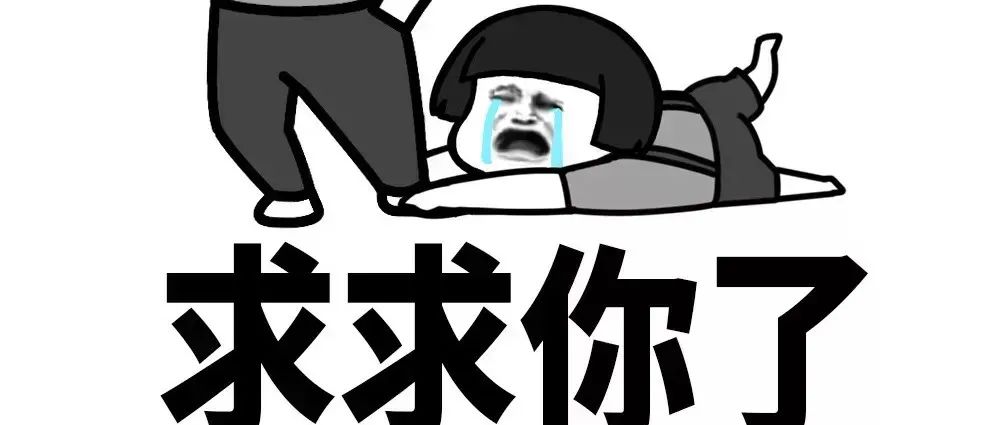
At first glance, you might be confused, but once you understand, you’ll kneel down!

2022 Kingdee Java Interview Questions (Already OC)
 Remember to add ice to the cola; if you love me, you have to pin it
Remember to add ice to the cola; if you love me, you have to pin it 

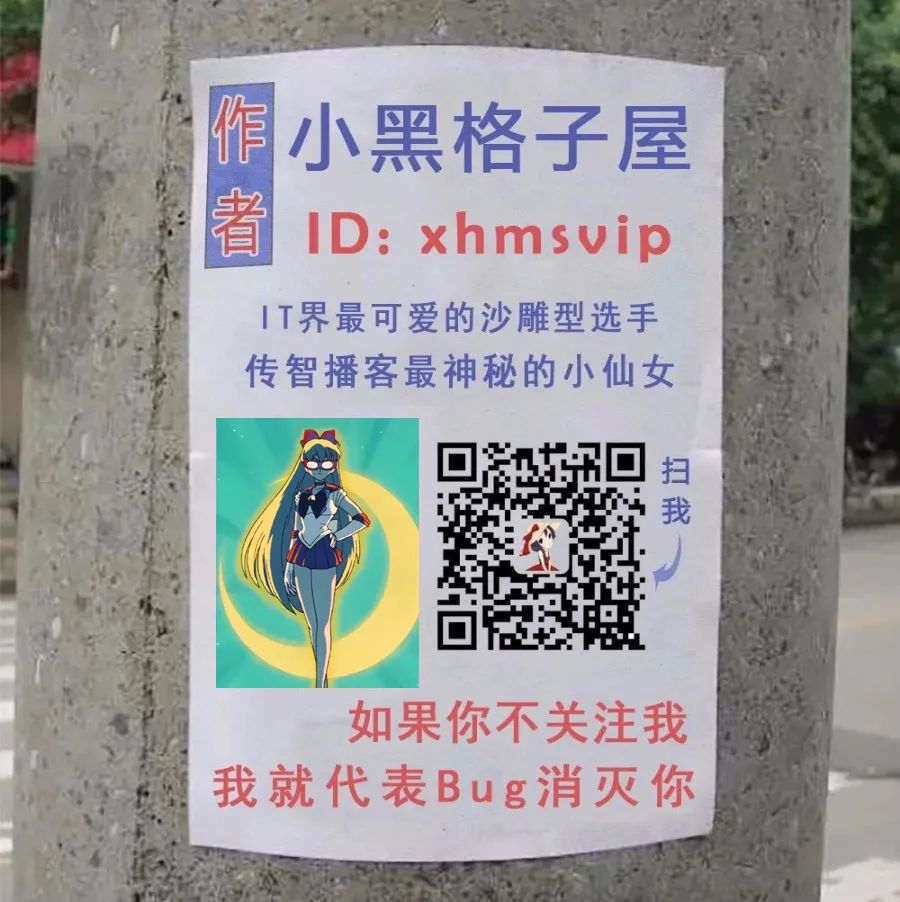
 Quality Three连biubiubiu~
Quality Three连biubiubiu~